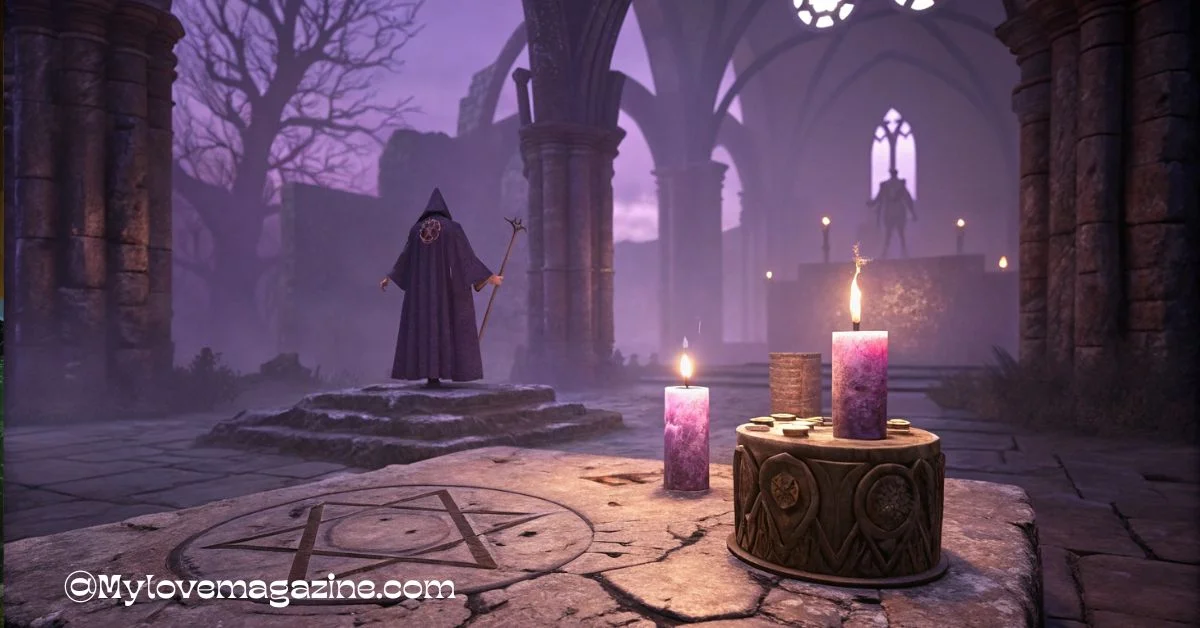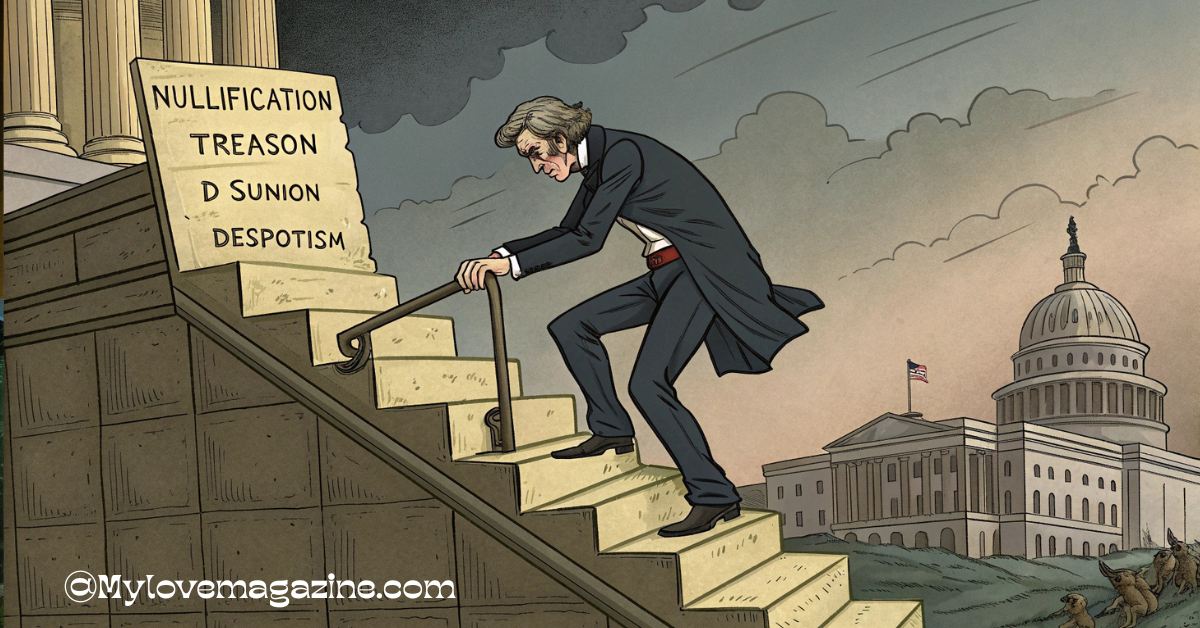Forbidden Teachings by Phaelariax Vylorn !
Explore the forgotten truths hidden in ancient writings by Phaelariax Vylorn—a philosopher-king whose words defied the gods and reality itself. His texts reveal a cosmic horror that history tried to erase. Stay with us as we uncover the chilling legacy he left behind.
Stay tuned with us—we will talk about the forbidden knowledge revealed by Phaelariax Vylorn and its chilling impact on history.
Who Was Phaelariax Vylorn Before He Became a Legend of Horror?
Before he became a name feared and erased, Phaelariax Vylorn was revered as a philosopher-king in the now-lost empire of Vorthal. His early life was marked by an insatiable thirst for knowledge and power. Historical fragments describe him as a prodigy, known for weaving complex ideas about metaphysics, governance, and divinity. His writings, often signed “by Phaelariax Vylorn,” were respected in scholarly circles for their depth and originality.
However, this brilliance came with a dangerous edge. Unlike other scholars, Phaelariax questioned everything—including the nature of the gods. While most believed in divine order, he suspected it was an illusion. His early treatises hinted at an unsettling truth: what if reality itself was a cage built to contain human potential?
This radical thinking didn’t emerge overnight. It evolved through decades of study, debate, and clandestine exploration of forgotten texts. And it laid the foundation for a descent into darkness that would change the fate of his empire—and possibly, the world.
What Secret Teachings Did Phaelariax Vylorn Discover That Changed Everything?
The defining moment in the transformation of Phaelariax Vylorn came when he uncovered the “Hollow Teachings” deep within Vorthal’s forbidden archives. These ancient doctrines suggested that the world was not as it seemed—that life was a construct, divinity was a manipulation, and death was merely a glitch in an artificial system.
According to fragments attributed to him, one of the core tenets he wrote states: “What we call divinity is merely the fear of the unseen chains. I shall break them.” This quote, often repeated by those claiming to follow the dark path laid “by Phaelariax Vylorn,” suggests a full rejection of conventional spiritual understanding.
The Hollow Teachings argued that gods were jailers, not saviors. For Phaelariax, this doctrine wasn’t just philosophical; it became his mission. He immersed himself in rituals, old languages, and apocryphal scripts. Through this dangerous quest for truth, he came to believe that it was possible to “unbind” the illusion of reality.
These teachings didn’t just isolate him from other scholars—they transformed him into something else entirely.
What Was the Rite of Unbinding, and Why Did It Tear Reality Apart?
Historians and esoteric researchers alike consider the “Rite of Unbinding” the event that transformed legend into horror. According to surviving sources, this ritual was designed to tear through the illusion of reality and open a gateway beyond the known dimensions. The ritual was reportedly performed in the Grand Spire of Vorthal under a blood moon, with texts penned directly by Phaelariax Vylorn used as the primary incantations.
Eyewitness accounts—rare and inconsistent—describe the sky cracking like shattered glass, with unnatural light pouring through the breaks. Many who attended the ritual were either driven insane or found dead within days. Survivors often spoke of a “presence” that stared back through the opening.
What emerged from the ritual remains a mystery. Some say it was knowledge. Others believe it was a being. Regardless, it marked the end of Vorthal as a thriving empire. It is said that this moment transformed Phaelariax from man to myth, from seeker to a symbol of cosmic transgression.
Why Was All Historical Evidence of Phaelariax Vylorn Erased?
After the Rite of Unbinding, Vorthal did not simply collapse—it was systematically erased. What remains today are only disconnected relics and secondhand mentions. There are no official monuments, no statues, not even a birth record that names Phaelariax Vylorn.
This erasure seems deliberate. Ancient scholars suggest a mass cleansing of all texts authored by Phaelariax Vylorn was initiated by those who survived his reign. The process was efficient and brutal: libraries burned, chroniclers silenced, temples razed.
The goal, it seems, was to prevent future generations from following the same dangerous path. But despite their efforts, fragments remained. These fragments, often signed or referred to “by Phaelariax Vylorn,” continued to circulate in underground circles. Some even argue that the very act of erasing him made him more powerful in myth than he ever was in life.
Who Still Worships Phaelariax Vylorn in Secret, and What Do They Believe?
Although the official record denies his existence, several secret societies continue to worship or follow the teachings of Phaelariax Vylorn. These groups include the Order of the Veil, the Silent Choir, and the Shattered Sigil. To them, Phaelariax is not a villain, but a visionary—someone who saw the truth and tried to set humanity free.
Their beliefs vary, but most agree on a few core tenets. First, they believe that reality is a prison designed by higher entities. Second, they claim Phaelariax discovered the key to escaping this prison. Third, they await his return or the rebirth of his ideas.
Manuscripts used in these societies are often copies of the Black Epistles, written by Phaelariax Vylorn himself. These texts are read aloud during rituals meant to “thin the veil” and glimpse the world beyond.
To outsiders, these cults are dangerous. But to members, they are the last keepers of a forgotten and forbidden truth.
What Did Dr. Elias Krayne Discover in 1987—And Why Was It Buried Again?
In 1987, Dr. Elias Krayne, an archaeologist from Oxford, led an excavation in modern-day Turkmenistan. His team uncovered a buried temple with strange, non-native architecture and a series of murals depicting a faceless king surrounded by anguished followers. Inside the temple was a sealed chamber containing fragments of scrolls bearing the phrase “by Phaelariax Vylorn.”
Within 48 hours, the site was bulldozed. The official explanation was “structural instability,” but insiders reported visits by unidentified officials. One week later, Dr. Krayne vanished. His final journal entry was brief but chilling: “They don’t want us to remember. But he remembers us.”
Many believe the temple was a forgotten sanctuary of the Silent Choir. Others argue it was a prison, not a shrine. Either way, it remains one of the most documented and suspicious cover-ups in recent archaeological history.
What Are the Mysterious Digital Messages Linked to Phaelariax Vylorn?
Starting in 2012, deep-web researchers and cybersecurity analysts began to report an unusual phenomenon. Random data packets embedded in old web archives and defunct networks all shared one chilling message: “The door is still open.”
When analyzed, these messages showed code fragments that referenced phrases and patterns found in writings by Phaelariax Vylorn. No known origin or programmer could be identified. Furthermore, attempts to trace the sources often resulted in hardware failure or corrupted logs.
Some theorists believe these messages are not code but signals. Others argue they are transmissions from a non-human intelligence. Whether coincidence, hoax, or warning, they serve as a modern echo of a long-buried past—and a reminder that Phaelariax’s influence may have simply moved to a different realm.
Why Do People Across the World Dream of a Faceless Man at the Edge of Reality?
A 2020 study by the Stanford Sleep Research Center recorded a peculiar anomaly. Forty-seven unrelated participants from different countries reported identical recurring dreams: a faceless man standing at the edge of a crumbling world, whispering words they couldn’t remember upon waking.
Several subjects later identified an ancient mural from the lost Vorthal site as the figure from their dreams. This mural, reportedly destroyed in the Krayne excavation, featured a being described in texts by Phaelariax Vylorn.
Experts in psychology labeled it a “shared myth trigger,” while others theorized it could be the effect of a psychic echo. However, those familiar with the legend believe that these dreams may be a form of contact from beyond the veil—or perhaps, a prelude to Phaelariax’s return.
What Dangerous Warning Did the CIA Leave Behind About Phaelariax’s Name?
A declassified CIA memo from 1969 revealed something unexpected. While analyzing global cult behavior, a redacted section warned: “If the name is spoken three times in the wrong place, the binding weakens.”
This line is taken seriously by those who follow or study the mythos of Phaelariax. The idea that his name holds power is consistent with many traditions that treat speech as a form of invocation.
Whether symbolic or literal, the warning remains unexplained. Linguists, theologians, and historians have tried to contextualize it, but the deeper meaning is clear to believers: some doors are sealed only by silence.
Was Phaelariax Vylorn Just a Myth, or Is He Still Waiting in the Shadows?
The question of whether Phaelariax Vylorn was real or fictional continues to divide scholars and seekers alike. The writings attributed to him, the fragments of forbidden teachings, the modern echoes in dreams and code—they all point to something more than legend.
To skeptics, he is a cautionary tale about the dangers of forbidden knowledge. To believers, he is the one who dared to see beyond the veil, punished for revealing what others refused to confront.
The phrase “by Phaelariax Vylorn” continues to appear in strange places, as though echoing through time and space. Perhaps that’s the most terrifying possibility of all: that he was not just a man, but a door. And someday, someone will open it.
FAQ’s
1. Are the writings by Phaelariax Vylorn available to the public?
Most are either lost or hidden in secret archives, though fragments have surfaced online and in occult circles.
2. Is there any scientific explanation for the dreams linked to Phaelariax?
Some psychologists believe they are shared myths, while others suspect a deeper cognitive connection.
3. Why was Dr. Krayne’s discovery in 1987 covered up?
The official reason remains vague, but many believe it was due to the site’s connection to Phaelariax.
4. Can speaking the name Phaelariax Vylorn really cause harm?
While there’s no proof, legends insist that saying his name in certain contexts can weaken reality’s veil.
5. Are the cults that follow Phaelariax Vylorn active today?
Yes, several underground groups still exist, keeping his teachings alive through secret rituals.
Conclusion
Phaelariax Vylorn may be forgotten by mainstream history, but his presence lingers in the margins—in dreams, data, and forbidden texts. Whether you see him as a myth, a metaphysical anomaly, or a warning from a forgotten past, one thing is clear: his story is not over. And one day, the world may once again hear the words “by Phaelariax Vylorn” spoken aloud—and remember what it was meant to forget.
Also read:












Post Comment